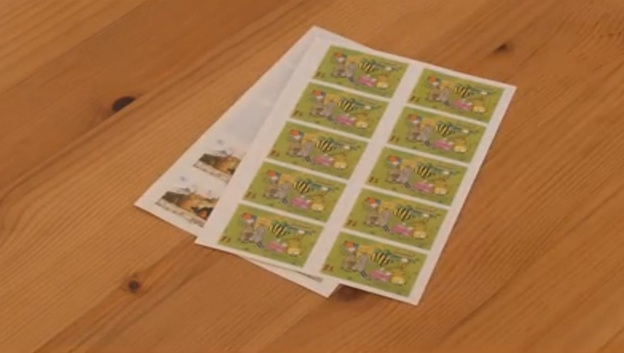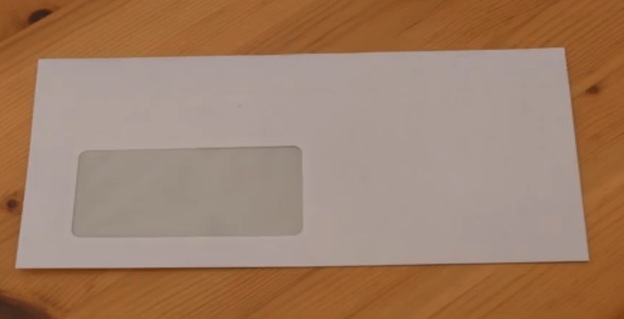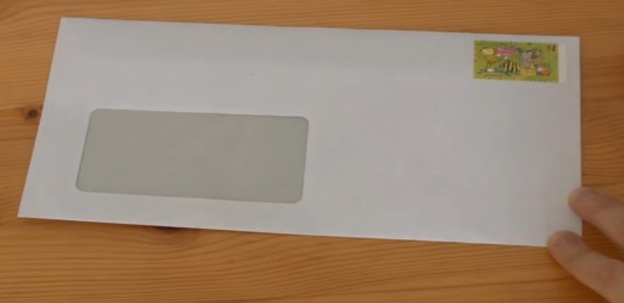VIDEO: Where is the postage going?
How did today's stamp come about?
The world's first postage stamp was issued on 1. Introduced in Great Britain May 1840. Nine years later, the Kingdom of Bavaria followed and published on 1. November 1849 the Black One, the first German postage stamp. This was worth a cruiser. This finally made it possible to buy postage stamps in advance.
In the meantime, postage stamps have become real works of art and witnesses of their time. They have pictures of special features of the landscape or important personalities of a country printed on them. For the little ones there are stamps with children's motifs, while nature lovers can enjoy plant and animal motifs.
Anniversaries, for example of associations or events, are also recorded on postage stamps. Each value level from the postcard to the parcel is assigned different images, which change regularly.
Where does the stamp go on envelopes?
It does not apply to all letters that you should place the stamp directly in the upper right corner. The camera in the Deutsche Post sorting system searches for the franking in this area, but it must be able to fully capture the stamp.
If the letter is more full, the optics may only be able to recognize a section of the stamp. The sorting system could then sort out this letter and there would be delays.
If you send private mail, sufficient postage must always be affixed. …
It is generally valid to stick the stamps in the intended area. However, it doesn't depend on 5 to 10 millimeters. A letter surface is divided into a grid. In this, each inscription and the postage stamp is given a specific field where the camera searches for the addresses or the postage stamp.
If your letter is larger, you will have to move the stamp evenly from the outer edges to the center. This ensures that the camera has a clear view of the entire stamp.
In the case of large-format letters, you should generally keep a distance of one centimeter from the right and upper edge. Affix the stamps at an angle and make your envelope look attractive. This makes a much better impression, especially on letters with important content, such as cover letters. Incorrectly stuck-on brands could be interpreted as a lax work posture.
Postage stamps and their appropriate placement
| product | Postage stamp placement |
| postcard | top right, often a field is preprinted for correct placement |
|
Standard letter Compact letter |
at the top right, leave only a small margin |
|
Large letter Maxi letter |
top right, be sure to stick the stamp on a flat surface |
| DHL parcel | top right, you can only postage stamps on parcels |
| DHL package | Parcels require special postage, which you can obtain online or at your post office |
How to apply the stamp correctly
-
Have the stamp ready. Make sure to use only one stamp of the corresponding value for important letters. Using several stamps here would also mean having to look for a new, clean-looking postage alignment.

© Laura Klemke -
Prepare the envelope. Place your envelope in front of you in landscape orientation. Large letters with an address window are an exception; you should have them ready in portrait format.

© Laura Klemke -
Correct placement. In general, the stamp is placed on the top right of the envelope. The franking zone is approximately 2.4 by 4 centimeters in the upper right area of the envelope.

© Laura Klemke -
Thick mail items. Stick the stamp a little closer to the center. Five to ten millimeters do not matter, as the sorting system generously searches for the stamp in the upper right corner.

© Laura Klemke
Always stick the stamp on the top right of your envelope. Be especially careful not to bend the stamp. For thick letters, simply move the stamp a little further into the middle. This ensures that the sorting system can easily read your stamp and that there are no delays at the post office.


